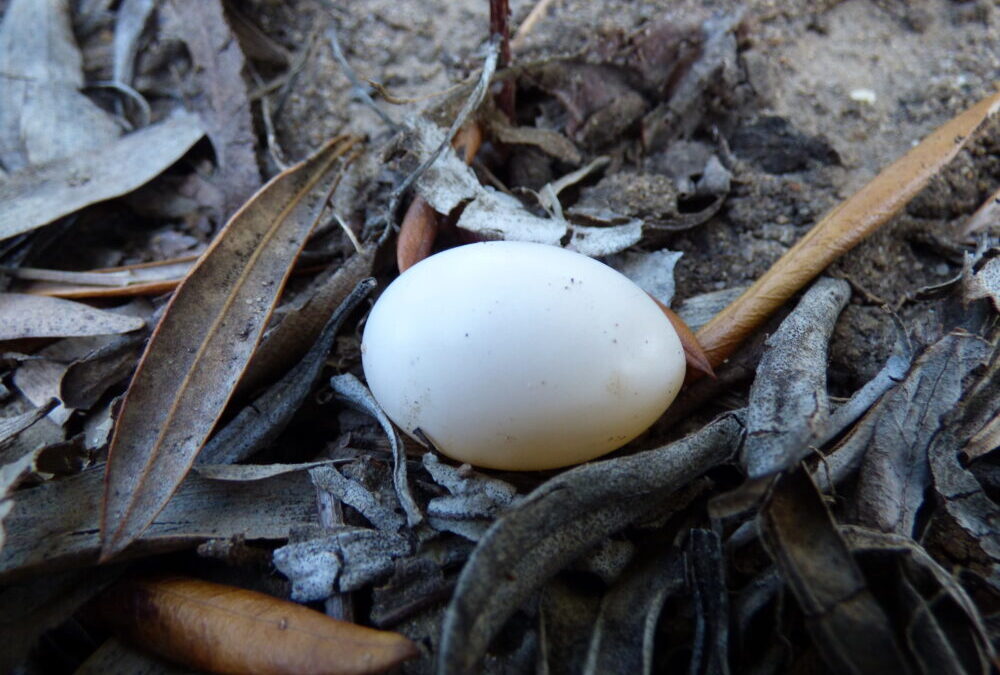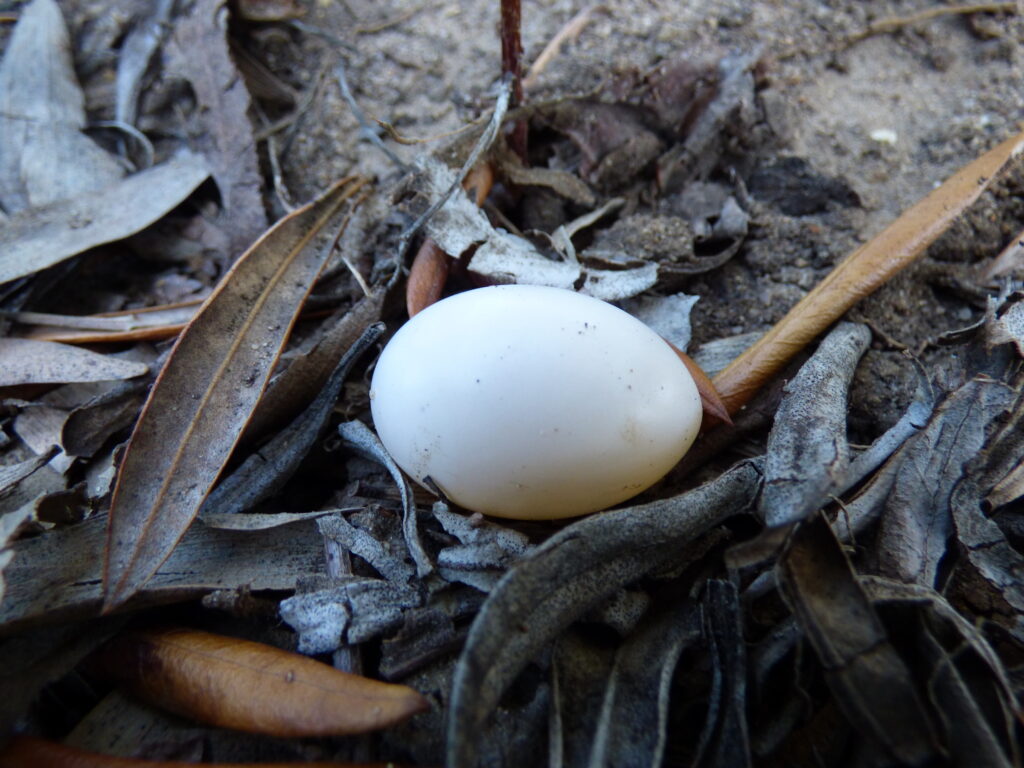
The mourning doves are nesting in the rain gutter outside the kitchen window this year. I hear the whistling sound their wings make every time they leave the nest. When I step out the door, a dark, bright eye watches me, weighing whether I am a threat or if I can be safely ignored. When the eggs hatch—if the eggs hatch—the doves will be so busy feeding their nestlings that they will no longer care what the giants below them are doing.
They aren’t the only tenants. Two families of house finches have nests under the eaves. A Bewick’s wren is occupying one of our nest boxes, and an oak titmouse family is in the other. The bluebirds the boxes were originally intended for are nesting in an abandoned woodpecker hole at the top of the liquid amber tree. We also have mitered parakeets in the eucalyptus tree and dark-eyed juncos in the brushy part of the garden I never get round to clearing. The backyard is a busy place for birds, and May is a time of frenzied activity.
The “dawn chorus” is quieter now than it was in early spring. Winter residents have left for their summer homes in the North, and many singers have found the mates they were advertising for and are absorbed in the serious business of breeding, nesting, incubating eggs and feeding nestlings. Some young birds have already fledged, their parents contemplating the chore of raising another brood.
Chances are, if you live anywhere in the Santa Monica Mountains and have a garden—even a small one—there are birds and nests in it.
Birds can be extremely secretive—their lives depend on it. Nest can be hard to spot. Some species are masters of camouflage. Hummingbirds knit their nests together with stretchy, sticky spider-webbing. It securely anchors the nest to its support but also serves as the avian version of a cloak of invisibility. I know there was a nest of hummingbirds earlier this spring in our old rambling rose, but I could never find it.
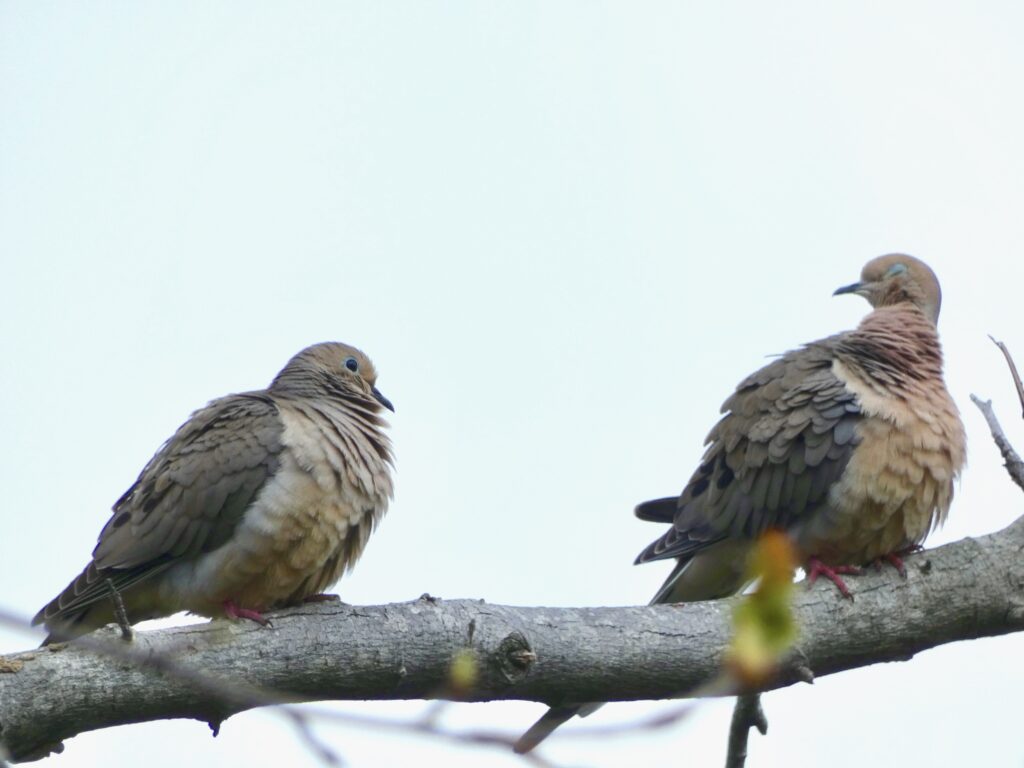
Our mourning dove neighbors are much harder to miss. Their nest is an untidy platform of twigs and grass perched precariously over the back door. Mourning doves often take advantage of manmade nest locations, like our roof gutter. The male brings the female the nesting materials; the female arranges them. It can take just a few hours for a pair to complete a nest. The lack of engineering can result in eggs rolling out, but it gives the doves a head start over birds that build to more exacting standards.
Mourning dove eggs are incubated by both parents and take about two weeks to hatch. Hatchlings are ready to fledge in another two weeks. Mourning doves are prolific, raising as many as six broods a year, but they also have a high mortality rate, and are a favorite menu item for the Cooper’s hawk and other predators.
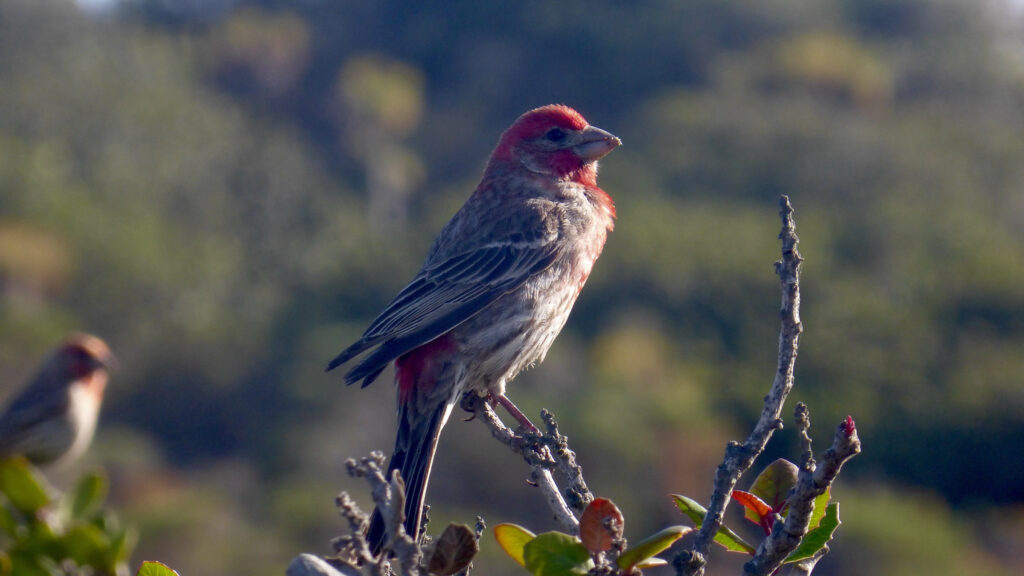
House finches have also adapted to life alongside humans. These fearless birds tuck their untidy nests of grass and twigs under the eves, or sometimes construct them in hanging pots, flying up in alarm when humans attempt to go in or out of nearby doors. Like the mourning doves, they are prolific, raising as many as six broods a year.
Our house finches have already successfully fledged their first broods—the garden is full of young birds, chattering and squabbling like any young family on holiday. Their parents are still keeping an eye on them and teaching them foraging skills. In a week or two they will be on their own and the parents will be back in the nest tending to a new clutch of eggs.
Dark-eyed juncos often nest close to the ground and will take advantage of plant pots, creating a challenge for gardeners. This plump and fearless member of the sparrow family may tick like a Geiger counter when humans come too close to the nest, but is otherwise unfazed by the presence of humans. The junco’s ability to adapt to urban life has enabled it to become one of the most widespread and common songbirds in North America.
The juncos that live in our garden are nesting in the bushes this year, but I found an abandoned nest in a pot in the patio earlier this spring. There was one egg in it, but the parents never returned. A bird’s life is full of hazards, even for the genial and bold junco.
The Western bluebird, oak titmouse, Bewick’s wren, and western screech owl are all cavity nesters. They appreciate nest boxes, but can sometimes be outcompeted for space in a box by house wrens, a non-native interloper. Honeybees are also attracted to nest boxes. That can be a problem if the box is too close to the house.
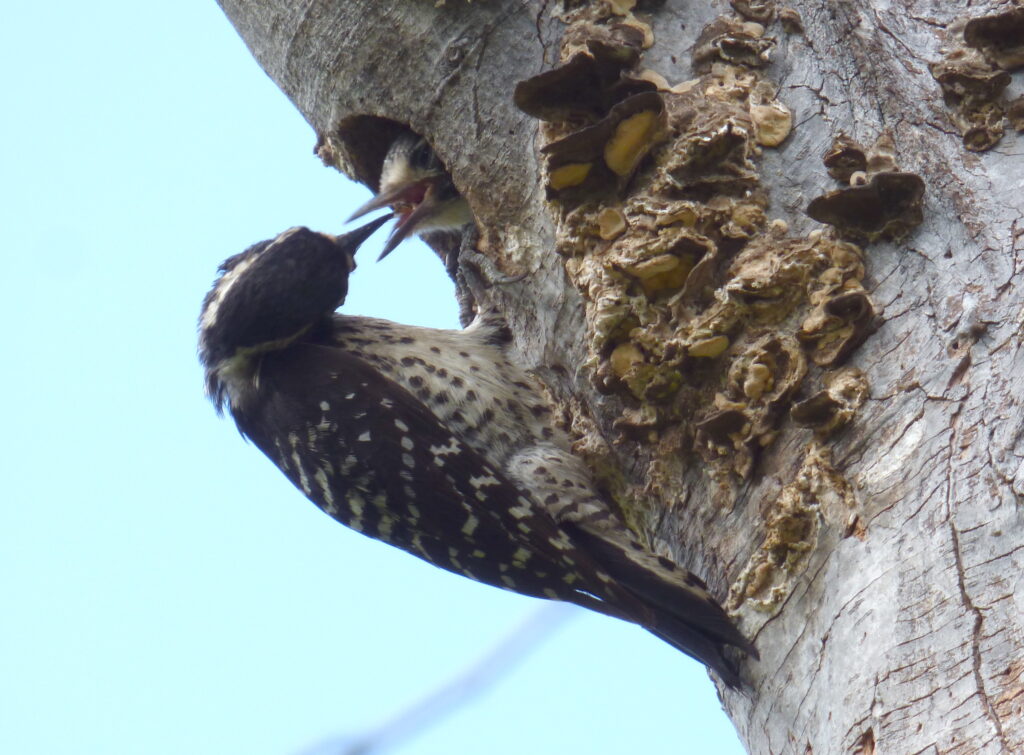
Nuttall’s woodpecker is also a cavity nester, but the male of the species excavated his own cavity for the female, selecting dead, dying or hollow tree trunks or large branches. I know of one pair of woodpeckers that set up shop in the hollow stem of a century plant flower. Old woodpecker nest holes are frequently reused by the other cavity nesters.
The human need to clear dead plant material and trim trees may help prevent fire risk but it can eliminate nesting habitat for some bird species. Leaving old nest sites in place when pruning can help. Providing boxes is another good option. It won’t help the woodpeckers, but it will provide an option for other cavity nesters.
Some birds have adapted so well to backyard life that their range has expanded. The beautiful hooded oriole weaves a hanging basket nest from plant fibers. Tropical palm fans provide the perfect building material for this species to thrive.
The wild parrots of the Santa Monica Mountains, including the mitered parakeets that nest in our eucalyptus trees, are immigrants from Mexico, escapees from the illegal trade in tropical birds. The Santa Monica Mountains provide an ideal habitat for as many as eight species of naturalized parrots. Gardens full of tropical plants provide food and shelter.
Nest materials foraged from human neighbors include dog and horse hair, fibers from door mats, ornamental grasses and scraps of paper bark, palm fibers, and pine needles gathered from garden plantings, and even strips of plastic.
Many birds are extremely selective, and take great care building a nest. Bewick’s wrens are exacting architects, working together and sometimes taking more than a week to construct their cup-like nest. Snake and lizard skin is reportedly a favorite material for the inner lining of their nests, but ours seem to prefer hair from our golden retriever.
Our backyard birds are both fragile and resilient. I watch them with wonder each year, as they nest and raise their young.
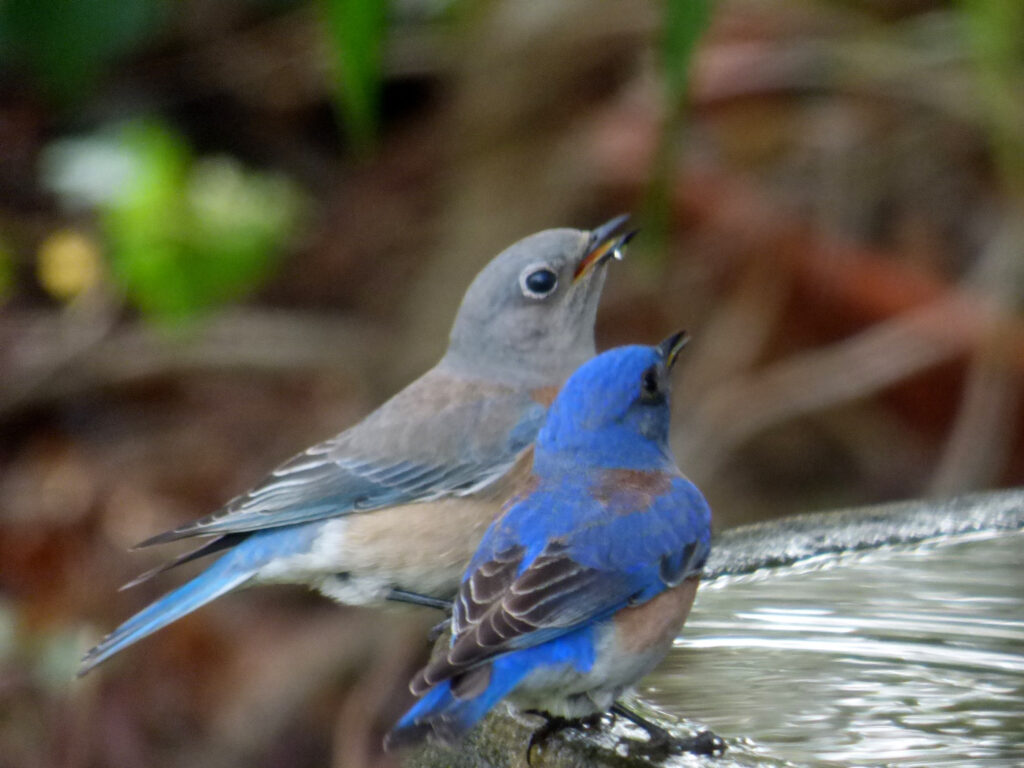
We didn’t have Western bluebirds here when I was a child. Their return to the area is a conservation success story that represents hard work on the part of countless volunteers who have built and installed nest boxes, and led these beautiful birds back to the Santa Monica Mountains.
We didn’t have parrots and parakeets when I was a child, either. These new arrivals are a different kind of success story: species that have built a life for themselves in a new place, much as their human neighbors have done.
The Audubon Society describes birds “as a priceless part of America’s heritage…beautiful, economically important, and a bellwether of the health of our environment.”
American poet Emily Dickenson saw them as a metaphor for hope:
Hope is the thing with feathers,
That perches in the soul
And signs the tune without the words
And never stops at all.






